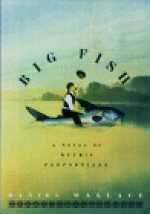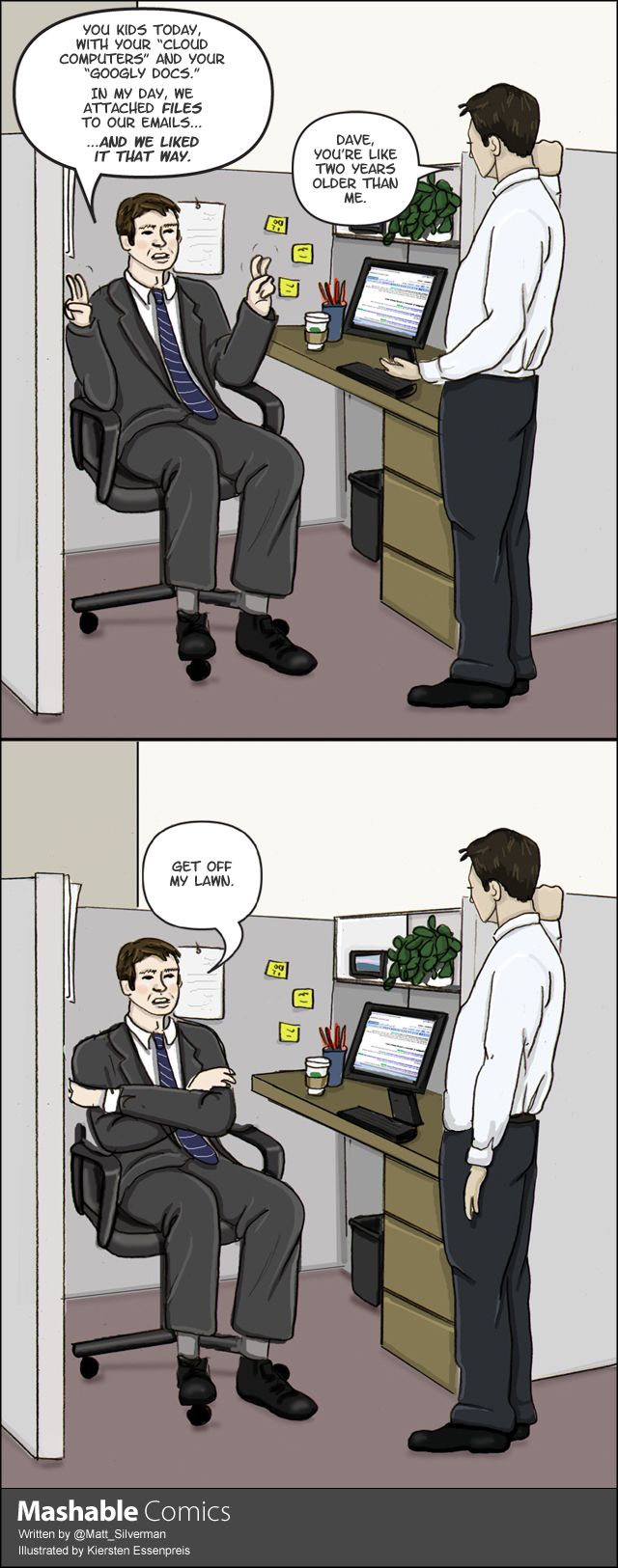We’ve had a busy past few months from end of semester to a summer seminar in London followed by a trip around the Balkans: Croatia > Serbia > Istanbul > Bulgaria > Serbia. It’s time to do a little catch up on the state of #noemail.
* Whilst in London, we met up with pioneer #noemail er Luis Suarez aka @elsua. Besides visiting his favorite dim sum shop, Luis offered some insight into his first steps away from email.
Luis realized that while email was touted as a way to increase cooperation and comradely interactions that it was largely being used as a way to CC higher ups on discussions in ways that actually put a damper on cooperation and decrease trusted interactions — and of course filled up everyone’s mailboxes with unnecessary reports and discussions. Team members spent more time looking over their shoulders than acting like a team as managers were flooded with with chitchat. No one was winning and most people were frustrated by the overload.
* I offered a couple of my own insights — later tweeted into the #noemail stream:
- When the Buddha said you should avoid attachments, I’m sure he was referring to email and PDFs
- Email is like a bunch of squirrels. Cute & amusing at first then timewasting, destructive, overmultiplying, & finally *evil*
Friends have been keeping me up on new #noemail articles:
* Joe Bob Hester sends: How useless is email? Two new studies weigh in http://gigaom.com/collaboration/how-useless-is-email-two-new-studies-weigh-in/ which leads us to a GigaOM piece what plays down the kind of gossip and small talk that builds social bonding. Yes there is a lot of that in email, but there it’s annoying and almost not work the cost. Unlike, say, the News Feed on Facebook or a Tweet stream both of which are designed, well-designed, for skimming and sharing in a small talk and social way. What in email is weighed toward being a time sink are positives in more social environments.
* Paul Valach alerts us to a new Pew Internet report: Teens love texting and social networks but ignore e-mail http://pewinternet.org/Commentary/2012/April/Pew-Internet-Teens.aspx
This builds on reports and studies referenced earlier on this blog and by Pew itself. Amongst the interesting numbers are:
35% of all teens socialize with others in person outside of school on a daily basis.
29% of all teens exchange messages daily through social network sites.
22% of teens use instant messaging daily to talk to others.
19% of teens talk on landlines with people in their lives daily.
6% of teens exchange email daily.
Teens would rather use a land line than send email!
But Texting is the dominant daily teen communication channel. “Texting dominates teens’ general communication choices. Overall, 75% of all teens text, and 63% say that they use text to communicate with others every day.”
* Don Sizemore tells us of the need to redesign email using a “new protocol [that] should be a todo list” in a ReTweet from @hackernewsbot on Replacing Email – http://news.ycombinator.com/item?id=4228402. I think the hackers miss the point. There are a lot of communications protocol and even print drivers that we’ve dropped and reconceived over the years. The whole concept of email should be dropped and reinvented.
* Stacey Devine was the first to alert me to this New York Times article “Disruptions: Life’sToo Short for So Much E-Mail” by Nick Bilton http://bits.blogs.nytimes.com/2012/07/08/life%E2%80%99s-too-short-for-so-much-e-mail/. Nick notes most of the same points raised in this blog about email — and he even comes to similar conclusions:
Since technology hasn’t solved the problem it has created with e-mail, it looks as if some younger people might come up with their own answer — not to use e-mail at all.
So I’m taking a cue from them.
I’ll look at my e-mail as it comes in. Maybe I’ll respond with a text, Google Chat, Twitter or Facebook message. But chances are, as with many messages sent via Facebook or Twitter, I won’t need to respond at all
UnifiedInBox lets us know of Rachel Woodlock’s post on “Experimenting with managing email overload (or how to ease into #noemail)” which includes disposable customized email addresses for mailing lists aka bizSpam and discouraging .vacation messages and autoresponders. http://www.rachelwoodlock.com/2012/06/experimenting-with-managing-email-overload-or-how-to-ease-into-noemail/ Good ideas and suggestions here from Rachel.
* Luis Suarez and Chris Brogan and others like John Cox’s notes on his “Vacation from Email” http://associationnavigator.com/2012/07/02/take-a-vacation-from-email/ which is really an essay on work life balance. Log off and live. Nice work if you can get it.
* Beth McNichol of the Carolina Alumni Review did a bang up job writing on a tough subject – me — in “Geek Poet Strikes Back” http://www.carolinaalumnireview.com/carolinaalumnireview/20120506/?pg=18#pg18. Lots of my person story as relates to #noemail there. Recommended.
[more to be added as I catch up]


 It must have seemed like a good idea at the time. In 1993, Nathaniel Borenstein sent the first MIME (Multipurpose Internet Mail Extension) encoded attachment. It wasn’t the picture that he had invented MIME to deliver — that would come later much later 19 years later (
It must have seemed like a good idea at the time. In 1993, Nathaniel Borenstein sent the first MIME (Multipurpose Internet Mail Extension) encoded attachment. It wasn’t the picture that he had invented MIME to deliver — that would come later much later 19 years later (






Recent Comments